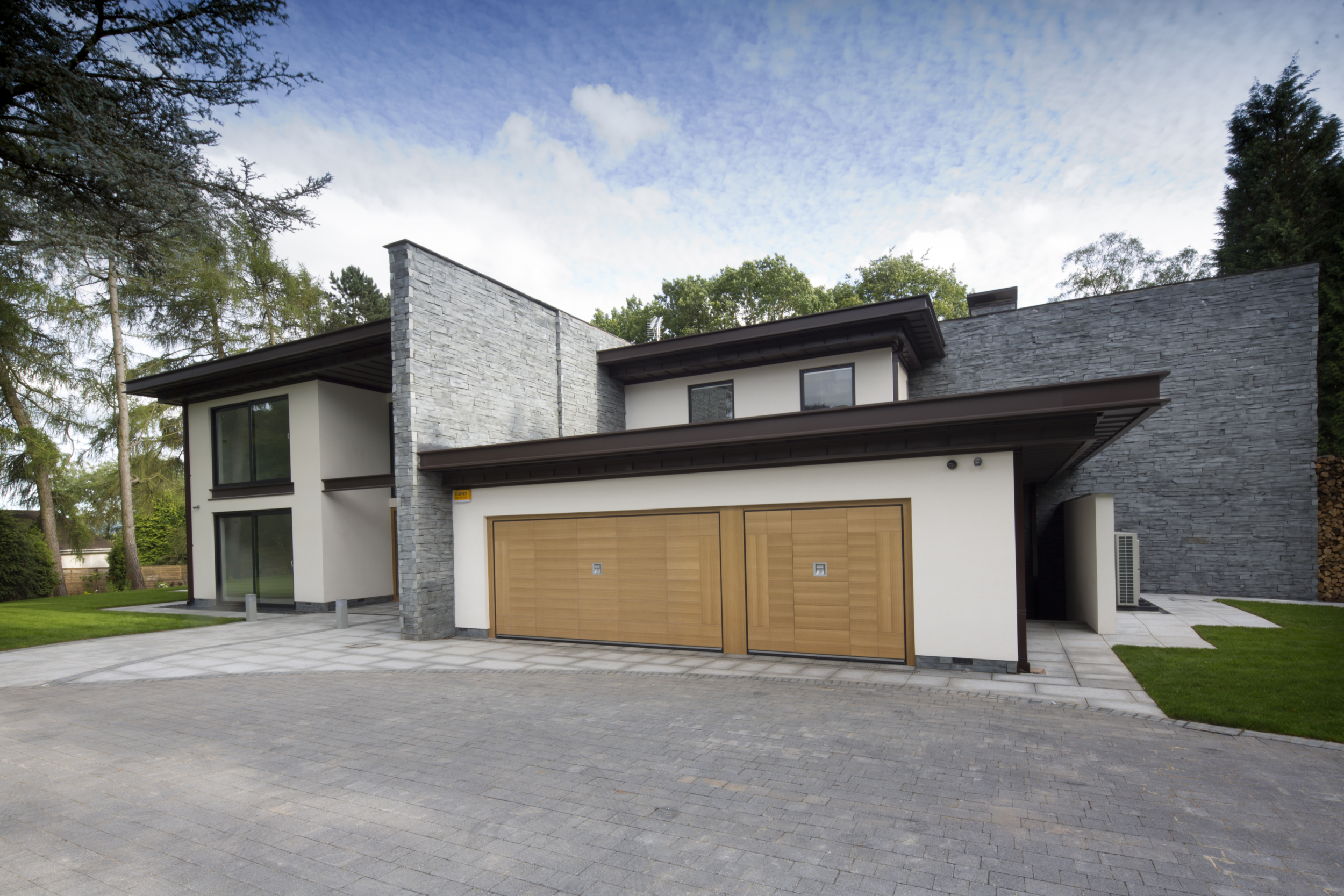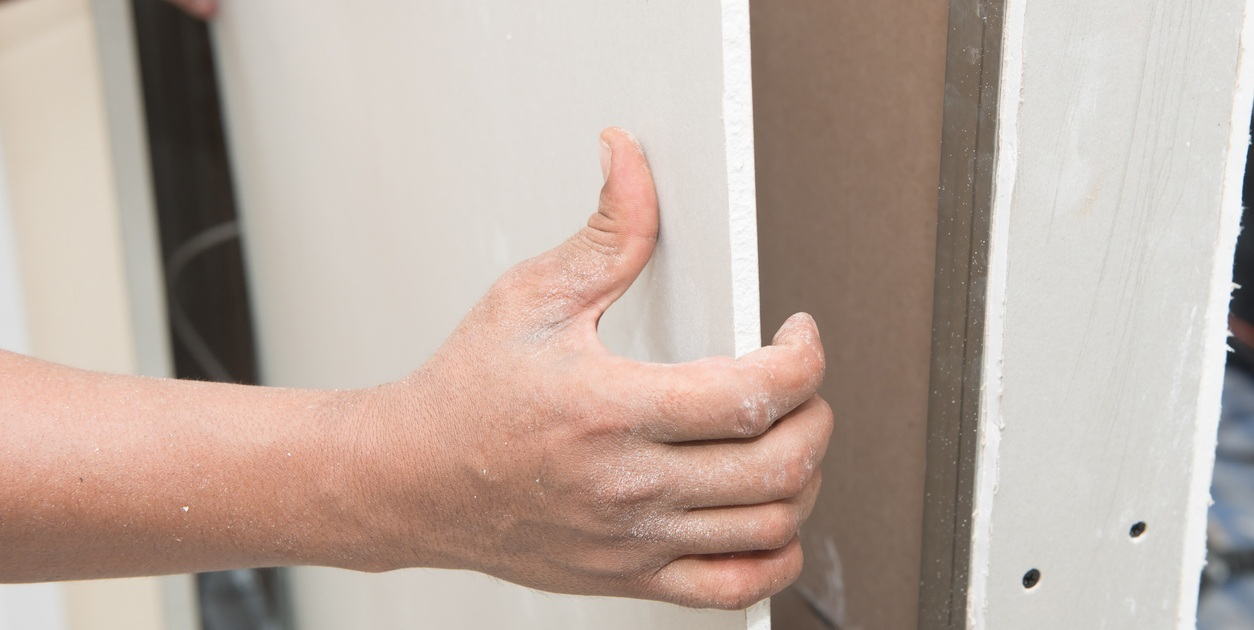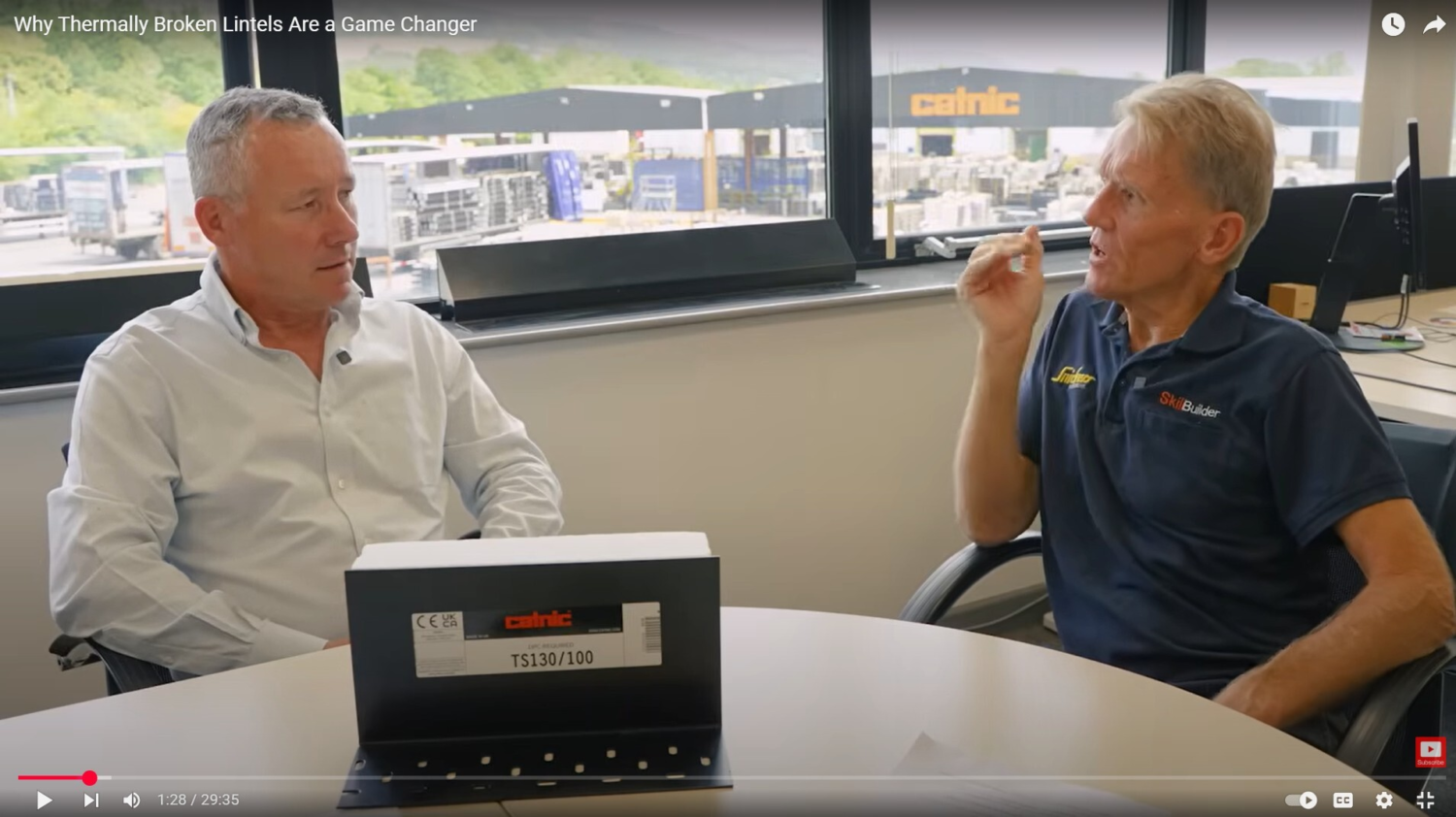Improving the energy efficiency of buildings, especially residential properties, has received increased attention in recent years. It is estimated that over 3.6 million UK households live in fuel poverty and currently homes account for around 30% of the total energy use and around 20% of UK’s greenhouse gas emissions each year.
While increasing the efficiency of heating systems and integrating low carbon and renewable energy technology into new and existing homes is part of the solution, improving the performance of properties with a ‘fabric first’ approach is also crucial. This will help to meet the demands of the current Fabric Energy Efficiency Standard, Part L and SAP.
What is Fabric first?
A fabric first approach to design and construction aims to minimise the requirement for heating and cooling of the property. This requires the house to be designed and built in a way that minimises losses through air leakage and ventilation as well as heat transmission through the fabric of the building. Fabric first requires the design to be looked at holistically to establish both the thermal performance of each individual component and how it will function as a whole when installed.
Sources of heat loss
Heat can be lost from a property in a number of ways and although it is sometimes assumed that doors and windows are among the biggest sources of heat loss, the walls and roof are far greater contributors for a typical UK home. Of equal importance to installing high quality cavity wall and roof insulation is preventing or reducing thermal bridging. A thermal bridge is any area that allows heat to transfer between the interior and exterior of the building. Structural components such as lintels are often overlooked but as an element that spans the cavity wall, if not chosen and installed correctly lintels can represent a significant source of heat loss. For example, for a typical four-bedroom house with a floor area of 57m2 the lintels may account for as much as 6% of the total based on a default lintel psi value of 0.5 W/mK.
How to improve the performance of lintels?
The answer to minimising this is to specify thermally broken lintels, however it is important to select the right product. The Catnic Thermally Broken Lintel (TBL) range is manufactured from powder coated galvanised steel bonded to a high-density, fire retardant core. This unique composite design means the Catnic TBLs are the only lintels on the market to provide a complete thermal break between the inner and outer leaf of a cavity wall.
The TBL range achieves energy transmittance psi values of just 0.02 to 0.05 W/mK. This has been independently certified by the Building Research Establishment (BRE) and means that replacing a standard Catnic lintel with a TBL can reduce the heat lost through window head details by as much as 96%.
Furthermore, to allow a seamless switch from standard lintels, Catnic TBLs have been designed to be installed in the same way as a traditional lintel with the same safe working loads as the equivalent Catnic cavity wall lintel.
A Fabric First approach remains the optimum way to create homes that are comfortable, whilst meeting increasingly stringent energy performance legislation. When it comes to designing and constructing homes where individual components and systems contribute to, and do not compromise, the overall building performance, thermally broken lintels provide an ideal solution.
More
-
![]()
- Plaster Bead & Mesh
- Guide
How to Fix an Angle Bead to Plasterboard
-
![]()
- Lintels
- Guide
Why thermally broken lintels are a game changer


